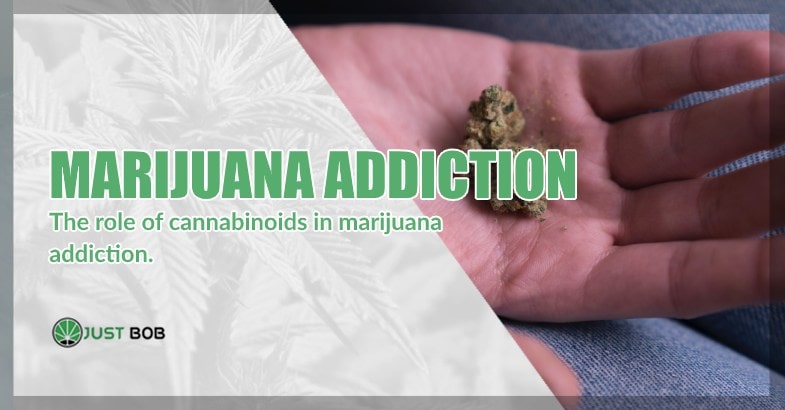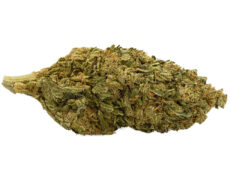Modified on: 19/04/2024
THE ROLE OF CANNABINOIDS IN MARIJUANA ADDICTION.
You’ve probably heard that repeated classical marijuana use over time leads to marijuana addiction, as opposed to CBD buds that contains mainly CBD and insignificant amounts of THC.
Cannabis addiction has been proven over decades by many studies, which trace the onset of addiction to the THC cannabinoid.
-
 SMALL & BIG
SMALL & BIGBUBBLEGUM
Starting from: 1,25CHF/gIndoor | CBD – CBDA <22%
Grams3 5 10 20 50 100 -


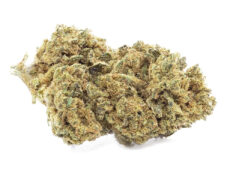
DO SI DOS
Starting from: 2,00CHF/gIndoor | CBD – CBDA < 19%
Grams3 5 10 20 50 100 -


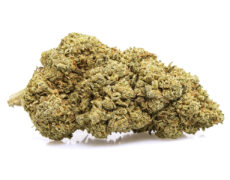
ROYAL GG#4
Starting from: 2,30CHF/gIndoor | CBD – CBDA < 40%
Grams3 5 10 20 50 100 -


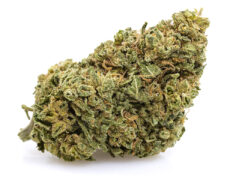
GORILLA GLUE
Starting from: 2,90CHF/gIndoor | CBD – CBDA < 20%
Grams3 5 10 20 50 100
CBD weed, for example, has a very low THC content (by law less than 1% in Europe). Regular cannabis varieties, however, can also reach very high values, such as Cookies or Gelato, which has up to 28% THC.
But how does it happen that a regular marijuana user reaches an addictive level? To understand the effect, we have to make some simplified anatomy and biology explanations.
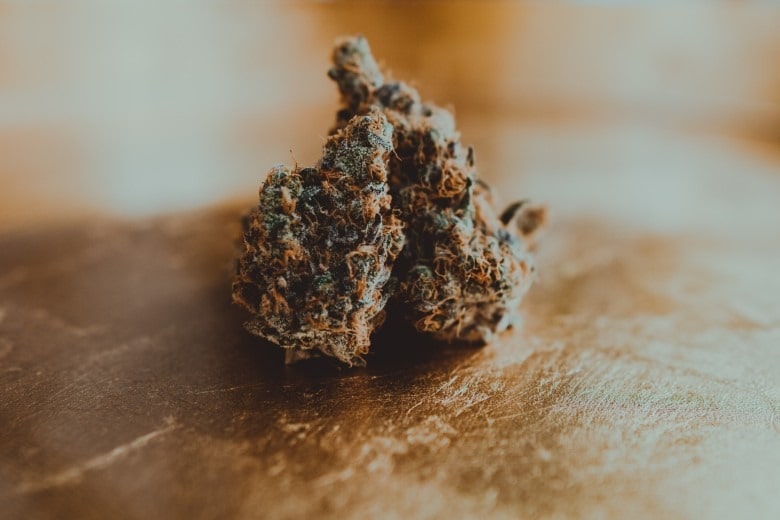

Why does marijuana addiction develop?
To understand the processes that lead to marijuana addiction, we need to talk about the central nervous system (CNS). THC acts psychoactively on the nervous system, particularly on the cannabinoid receptors CB1 and CB2, which are present in many parts of our brain.
This active ingredient in cannabis interacts with these cannabinoid receptors, interfering with their standard processes and modifying the interaction between neurons. The turnover of some neurotransmitters is therefore disturbed:
- Dopamine
- Serotonin
- Noradrenaline
- Acetylcholine
The effects perceived physically are many and contrasting:
- Sense of well-being
- Lethargy
- Muscle relaxation
- Alteration of cognitive and sensory perceptions
- Euphoria
- Sleepiness
- Anxiety
What happens is a modification of the endocannabinoid system and can lead to dependence. The latter develops the ability of THC to increase the release of dopamine in the brain. It also triggers in the subject the desire to perpetuate the intake of the substance.
CBD flowers, unlike conventional cannabis, contains minimal THC and is rich in CBD, another active ingredient of marijuana that has non-psychotropic analgesic properties.
Marijuana addiction arises from chronic and prolonged use and is difficult to stop, as it can lead to addiction from cannabinoids. If you are wondering how to detoxify from cannabinoids, you have already taken the first step.
Read also: 3 marijuana books that will turn you into a skilled farmer!
Abstinence from cannabinoids: common symptoms
As mentioned earlier, unlike pre rolled CBD weed, classical cannabis which is consumed continuously, can lead to marijuana addiction. The subject will therefore increasingly need to take THC both for physiologically and psychologically reasons.
When an addicted person is deprived, voluntarily or involuntarily, of THC intake, he or she will tend to fall into withdrawal. The symptoms that characterize this psycho-physical state are:
- Anxiety
- Insomnia
- Irritability
- Depression
- Restlessness
- Reduction of appetite
- Gastrointestinal symptoms
These symptoms develop within a few days of stopping using classical marijuana and can last for weeks. Mood swings are prevalent at this stage and often lead people to unmotivated irritability.
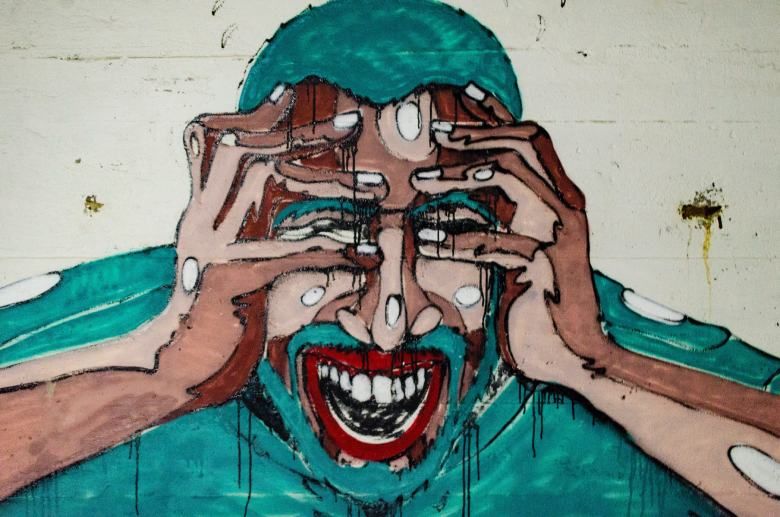

Abstinence from cannabinoids: remedies to get rid of THC addiction.
If you too are a regular THC user and have the desire to detoxify, you have already found the motivation to do so. Willpower is the best weapon for this path, where you will also need the support of your loved ones.
The first thing to do is to get rid of all the cannabis inflorescences you have and the equipment you use to take it. Not getting in touch with all that stuff will help you not to fall into an easy temptation.
Another essential thing is to declare your intentions to relatives and friends so that you have their support in this process. If you are part of a group of marijuana smokers, it will be best to avoid being in that kind of situation for a while.
From the first few days, and for a few weeks, you may experience some or all of the symptoms we talked about in the previous paragraph. But there are a few little tricks to try to limit them:
- Nausea and lack of appetite: avoid fatty foods and large meals, prefer light foods to digest…
- Insomnia: Get rid of caffeine from your daily habits and go to sleep the first time you get tired at night.
- Anxiety: focus on the thought that abstinence is transient
- Irritability and restlessness: when you feel more lucid, think about the situation and realize that your mood swings are due to abstinence and will go away.
Read also: How to store marijuana optimally
Conclusions
As you’ve seen, marijuana addiction is an ugly beast and can be quite a nuisance. Even so, you can always get out of it.
CBD cannabis contains a meagre percentage of THC (<1%), and for this reason, it has no psychotropic effects on the human body. On the other hand, it contains a lot of CBD, the “good” cannabinoid of marijuana, which has analgesic and relaxing properties.
Click here for all the best legal cannabis strains at Justbob!

